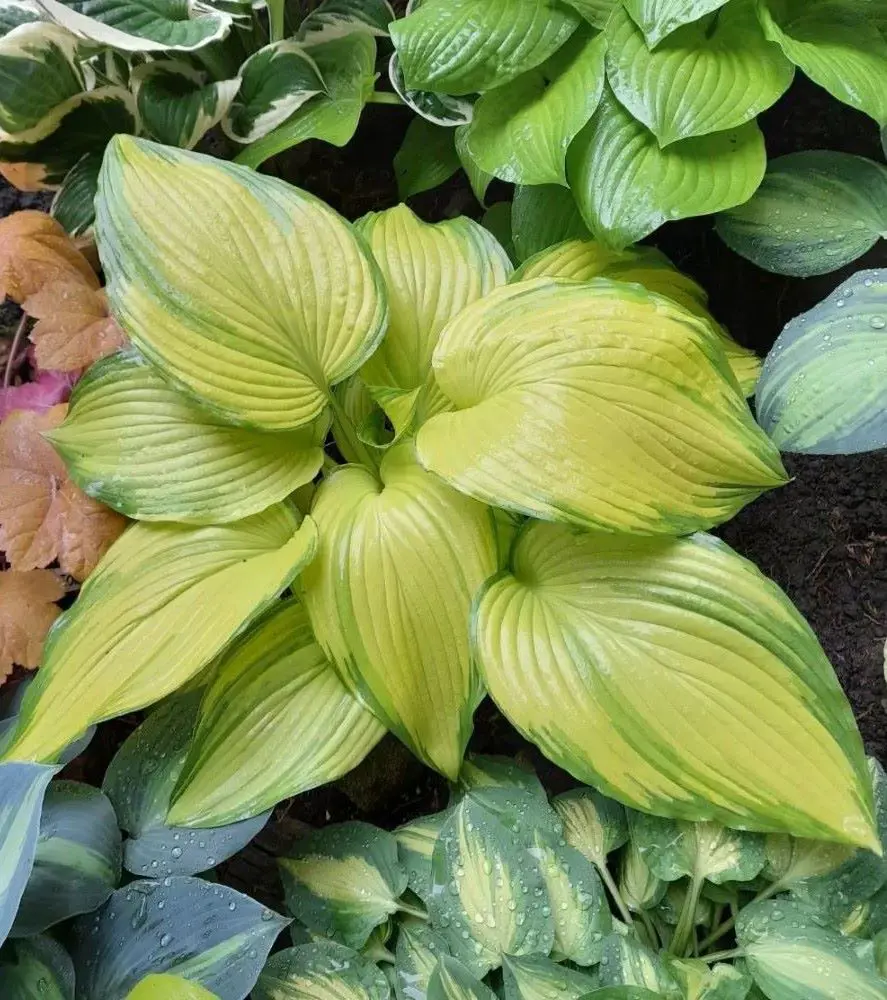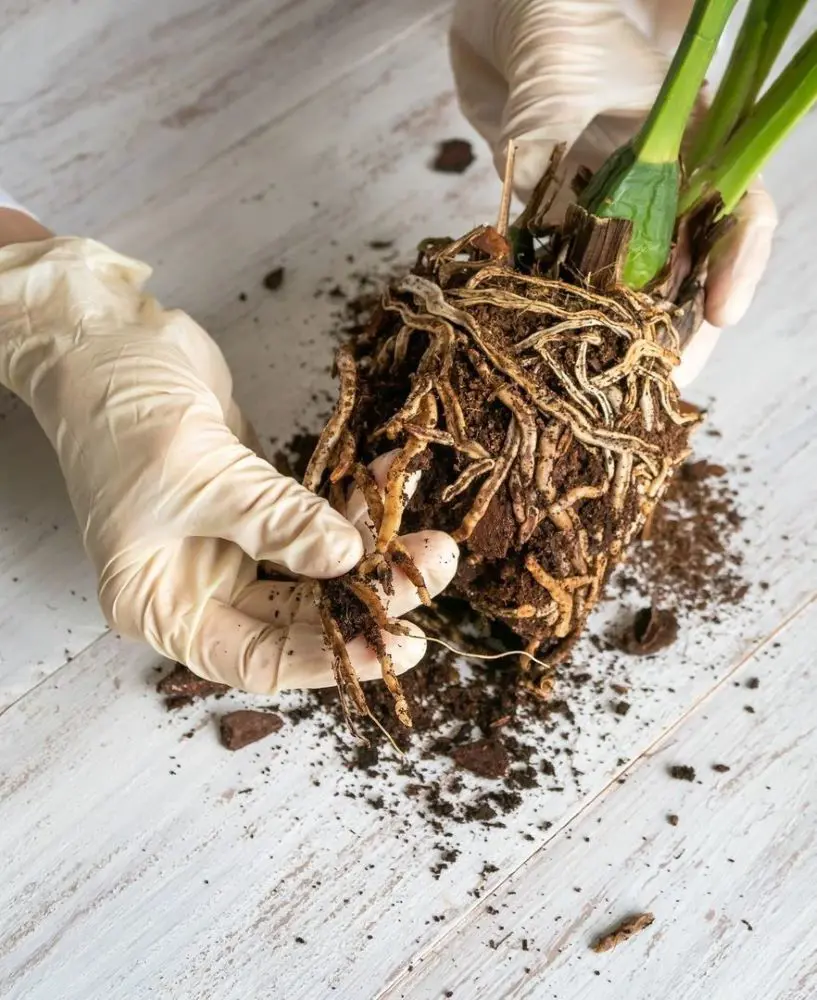How To Get Rid Of Spider Mites Through Home Based Solutions

This post may contain affiliate links. If you make a purchase through links on our site, we may earn a commission.
Pests are a common enemy to houseplants, with various insects and mites posing threats to indoor greenery. Among these, spider mites emerge as a particularly formidable adversary, capable of wreaking havoc on beloved plants.
These minuscule arachnids, though barely visible to the naked eye, unleash significant damage by piercing plant cells and extracting vital fluids. What makes them especially insidious is their rapid reproduction rate and ability to swiftly colonize entire plant populations.
Understanding the mechanisms by which spider mites attack and proliferate is crucial for implementing effective home-based solutions to safeguard indoor plant life.
What Are Spider Mites?
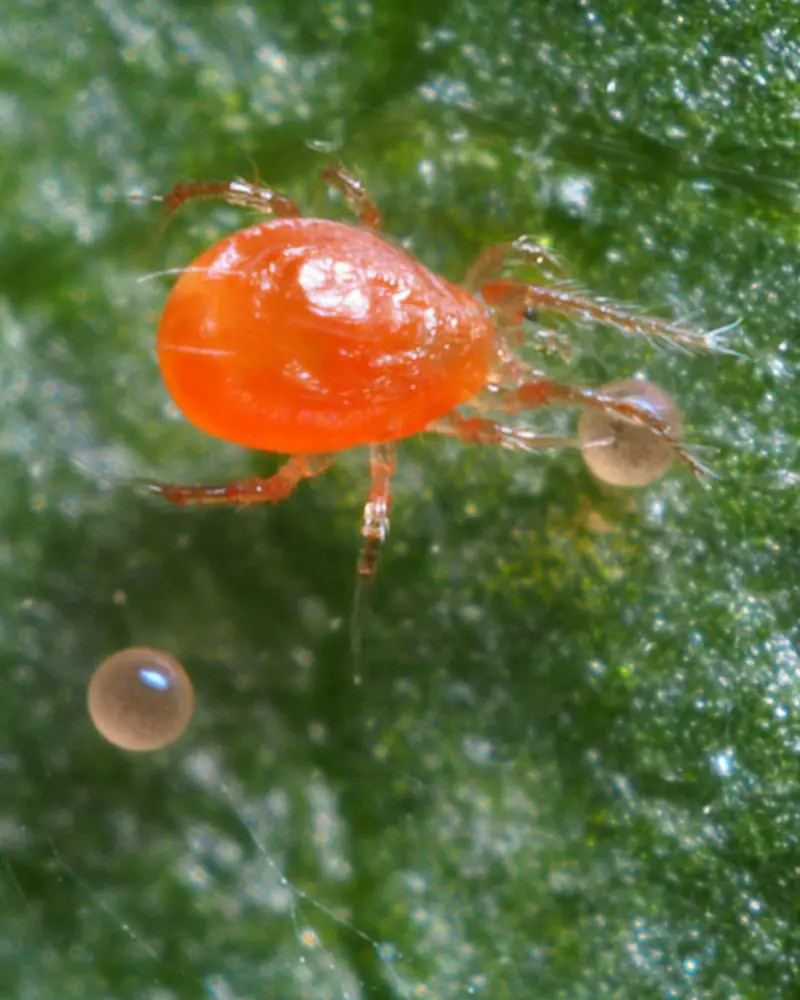
Spider mites are tiny arachnids belonging to the Tetranychidae family, commonly found on plants. They are barely visible to the naked eye, typically measuring about 0.5 millimeters. These pests have eight legs and vary in color from red and brown to yellow or green.
Environmental factors like dry conditions and warm temperatures contribute to spider mite infestations in plants. They feed by piercing plant cells and sucking out the contents, leading to stippling, yellowing, and eventual leaf loss. Additionally, they spin fine webs, hence the name "spider mites."
Though individually small, spider mites can rapidly multiply, causing significant damage to houseplants if left unchecked. Their feeding weakens the plant, making it susceptible to diseases and reducing its overall health and vigor. Severe infestations can lead to stunted growth, defoliation, and even death of the plant if not treated promptly.
How To Identify Spider Mites
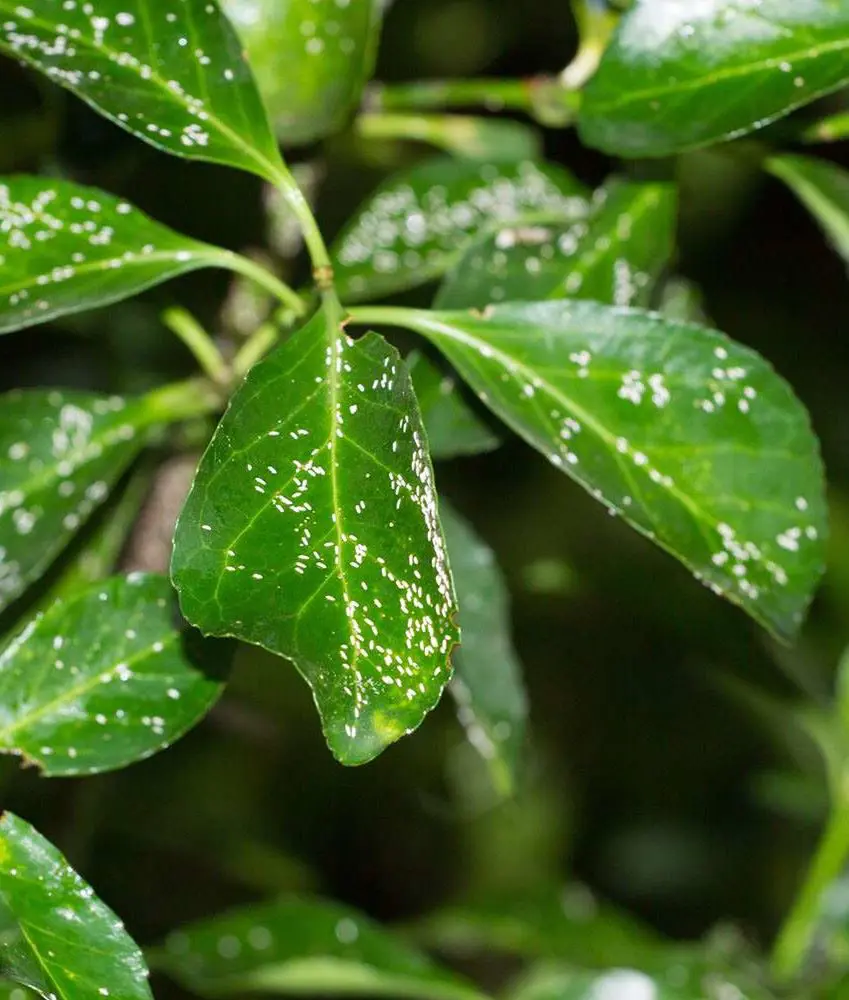
Spider mites can be challenging to identify due to their small size and their tendency to inhabit the undersides of leaves. Their translucent bodies and webbing may not be easily noticeable without close inspection, requiring careful observation techniques for detection.
These are some common methods to determine spider mites in plants:
1. Visual Inspection
Check the undersides of leaves and along stems for tiny moving specks, webbing, or stippling (tiny yellow or white spots) on the upper leaf surface. Their small size and webbing may require close observation.
Infestations may also cause leaf discoloration and overall decline in plant health.
2. Shaking Method
Hold a white sheet of paper under a suspected infested leaf and gently shake it. Spider mites, along with their eggs and webbing, may fall onto the paper, making them easier to spot against the white background.
3. Magnifying Lens
To detect spider mites using a magnifying lens, closely inspect the plant's leaves and stems for tiny moving specks. Look for their characteristic eight legs and translucent bodies.
Magnification aids in observing their small size and physical features, facilitating accurate identification.
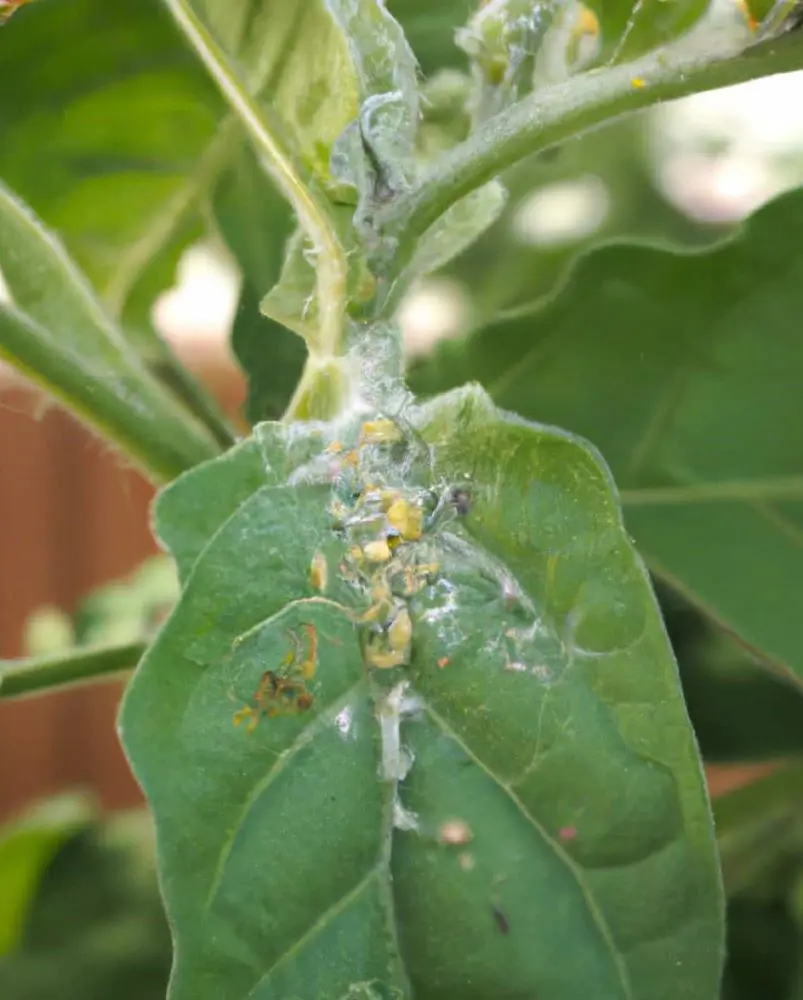
4. Tissue Test
Tap a suspected infested leaf over a white sheet of paper and crush it. If reddish-brown streaks appear, it indicates the presence of spider mites as they often leave behind their pigments when crushed. This method helps confirm their presence on the plant.
5. Sticky Traps
Place yellow sticky traps near the affected plants. Spider mites may get stuck on the traps as they move around the plant, aiding in detection.
Regularly inspect the traps for trapped pests, which can provide valuable information about the presence and severity of spider mite infestations.
6. Damage Assessment
Look for symptoms like yellowing leaves, stippling (tiny yellow or white spots), fine webbing, and overall decline in plant health. Such signs are indicative of spider mite infestations.
Regular monitoring and observation of these symptoms can help in early detection and management of spider mites on plants.
Damages Caused By Spider Mites
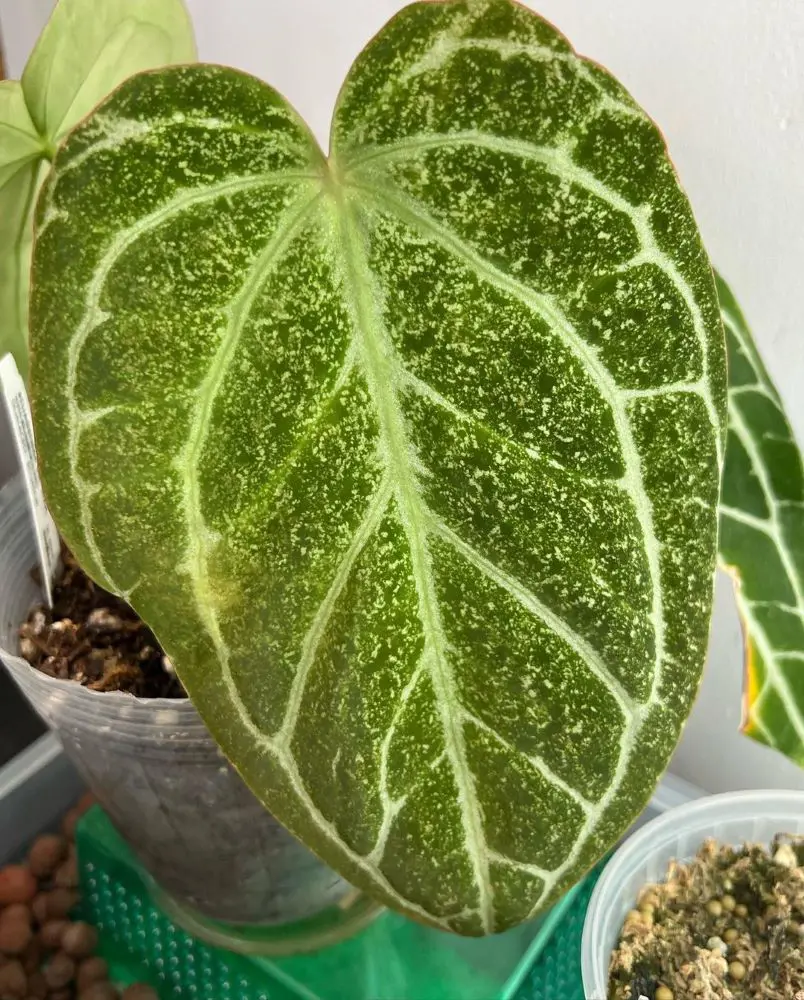
Spider mites cause significant damage to plants by piercing plant cells and sucking out their contents. This weakens the plant, making it susceptible to diseases and reducing overall health. Severe infestations can stunt growth, defoliate plants, and even lead to their death if not promptly treated.
Additionally, spider mites can also affect the quality and yield of agricultural crops, impacting food production.
- Stippling: Spider mites feed on plant cells, leaving tiny, discolored spots known as stippling on leaves. This reduces the plant's ability to perform photosynthesis, leading to decreased vigor and growth.
- Yellowing Leaves: Heavy feeding by these pests can cause leaves to turn yellow, wilt, and eventually die off, impairing the plant's ability to produce energy and sustain itself.
- Webbing: Spider mites spin fine webs on plants, which can cover leaves, stems, and buds. These webs can interfere with photosynthesis, reduce airflow, and create an unsightly appearance on affected plants.
- Defoliation: Severe infestations can lead to extensive leaf loss, significantly weakening the plant and impacting its ability to produce energy through photosynthesis. Defoliation can stunt growth and reduce the overall health and productivity of the plant.
- Plant Stress and Susceptibility: Continuous feeding by spider mites weakens plants, making them more susceptible to secondary infections by pathogens and other pests. This can further exacerbate damage and lead to plant decline or death if not addressed promptly.
- Stunted Growth: Spider mites infestation can lead to diminished nutrient uptake and impaired growth processes in plants. This ultimately hinder the plant's development and results in stunted or delayed growth.
Home Based Solutions For Spider Mites Control
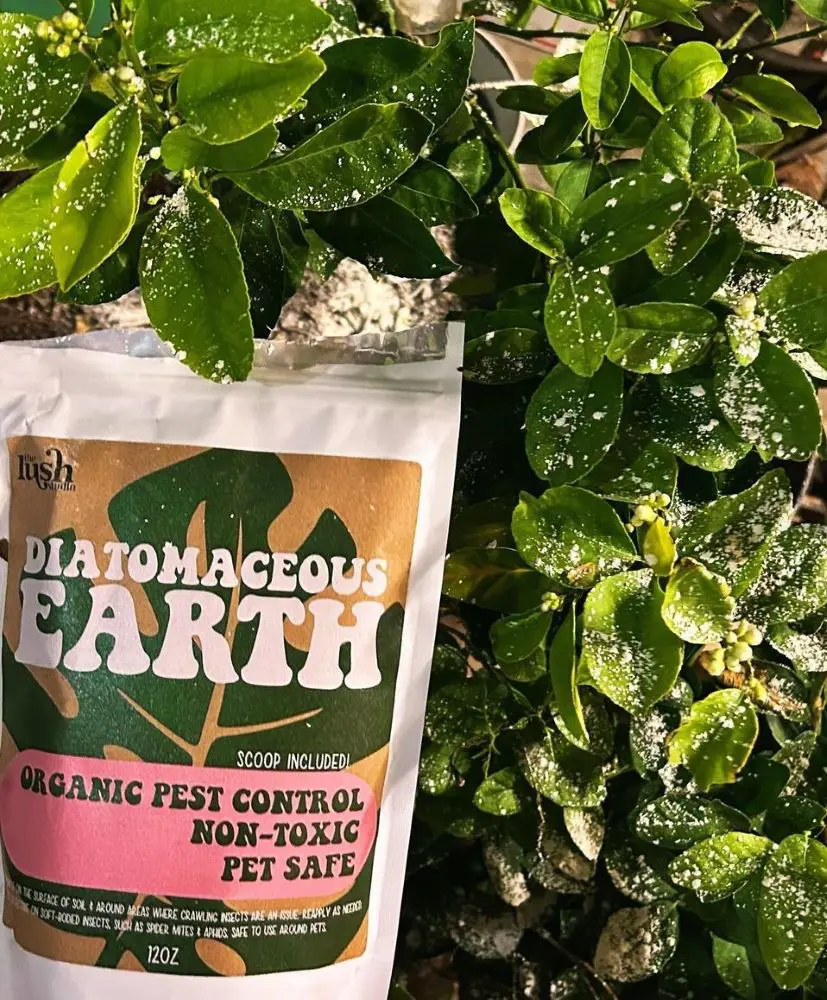
Home-based solutions can be effective for controlling spider mite infestations when used consistently and in conjunction with proper cultural practices. While they may not eradicate all mites, methods like water sprays, neem oil, and predatory insects can significantly reduce populations and mitigate damage to plants without resorting to harsh chemicals.
Water Sprays
Spraying water helps eliminate spider mites by physically dislodging them from the plant's surface. The force of the water disrupts the mites' feeding and reproductive activity, washing them away and reducing their population.
Additionally, water can create unfavorable conditions for spider mites by increasing humidity, which can hinder their survival and reproduction. Consistent spraying helps control the infestation and prevents further damage to the plants.
To effectively control spider mites with water, follow these tips:
- Use a fine mist nozzle or sprayer to cover both sides of leaves thoroughly.
- Focus on areas where spider mites are most active, typically the undersides of leaves.
- Spray early in the morning or late in the evening to minimize evaporation and maximize absorption.
- Ensure the water pressure is gentle to avoid damaging delicate foliage.
- Repeat the process every 2-3 days for 2 weeks or until the infestation is under control, adjusting frequency based on the severity of the infestation and plant sensitivity.
Neem Oil

Neem oil, derived from the neem tree, possesses natural insecticidal properties. It contains compounds that disrupt the mites' feeding and reproduction, ultimately leading to their demise.
To use neem oil, dilute it according to the manufacturer's instructions and spray it onto the affected plants.
- Dilute neem oil according to the instructions on the product label, typically around 1-2 tablespoons per gallon of water.
- Add a small amount of dish soap or insecticidal soap to help emulsify the neem oil and enhance its effectiveness.
- Spray the neem oil solution onto both sides of the plant's leaves, targeting the undersides where these pests typically hide.
- Apply the neem oil solution in the early morning or late evening to avoid sunlight, which can cause leaf burn.
- Repeat the application every 7-14 days until the spider mite infestation is treated.
- Always test the neem oil solution on a small portion of the plant first to check for any adverse reactions before applying it to the entire plant.
Horticultural Oil
Horticultural oil suffocates spider mites by coating their bodies and blocking their breathing pores. When applied to infested plants, it smothers the mites and their eggs, effectively controlling the infestation without harming the plant.
- Mix the horticultural oil with water, around 2-5 tablespoons per gallon of water.
- Use a sprayer to evenly coat the affected plants, covering both sides of the leaves thoroughly.
- Apply on infested areas where spider mites are most active, particularly the undersides of leaves.
- Spray in the early morning or late evening to avoid leaf burn.
- Repeat every 7-14 days as needed until the infestation is under control.
Pruning
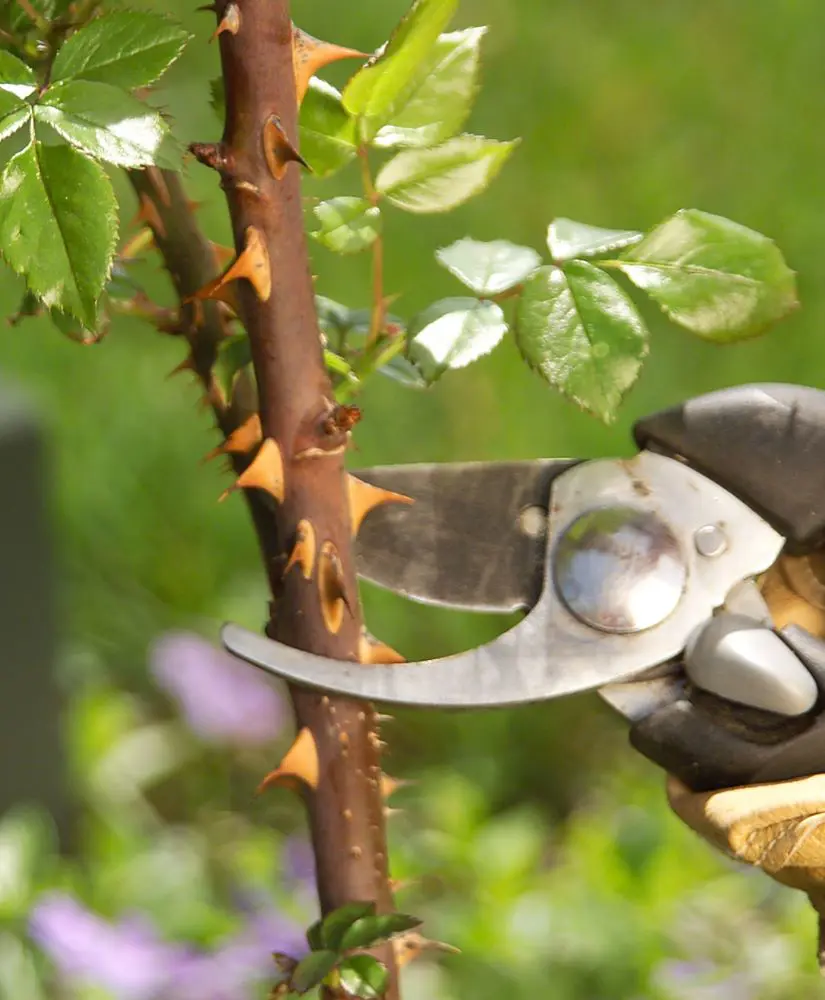
Prune the heavily infested plant parts, such as damaged leaves and stems. By cutting away these areas, the population of spider mites is reduced, limiting their ability to spread and reproduce on the plant.
- Use sharp, clean pruning shears to make precise cuts, minimizing tearing and injury to the plant.
- Cut at a slight angle just above a node or bud to encourage healthy growth.
- Remove dead, diseased, or damaged branches first, then focus on shaping the plant as needed.
- Avoid cutting too close to the main stem or trunk to prevent unnecessary stress.
- Prune during the plant's dormant period or during the growing season for specific species to minimize shock.
- Disinfect pruning tools between cuts, especially when dealing with diseased plants, to prevent the spread of pathogens.
Isopropyl Alcohol Solution
Isopropyl alcohol solution, a mixture of isopropyl alcohol and water, serves as a potent contact insecticide in plant pest management. When applied to plants infested with spider mites, it swiftly dehydrates and kills the pests upon contact by disrupting their cellular membranes.
A common application method involves diluting one part of isopropyl alcohol with one part water and spraying the solution onto the affected plant parts. However, caution is advised as excessive use may harm plant tissues or cause leaf burn. It's recommended to apply it selectively and in moderation.
Prolonged or repeated use can potentially lead to a buildup of resistance in pests or damage sensitive plants.
Predatory Insects
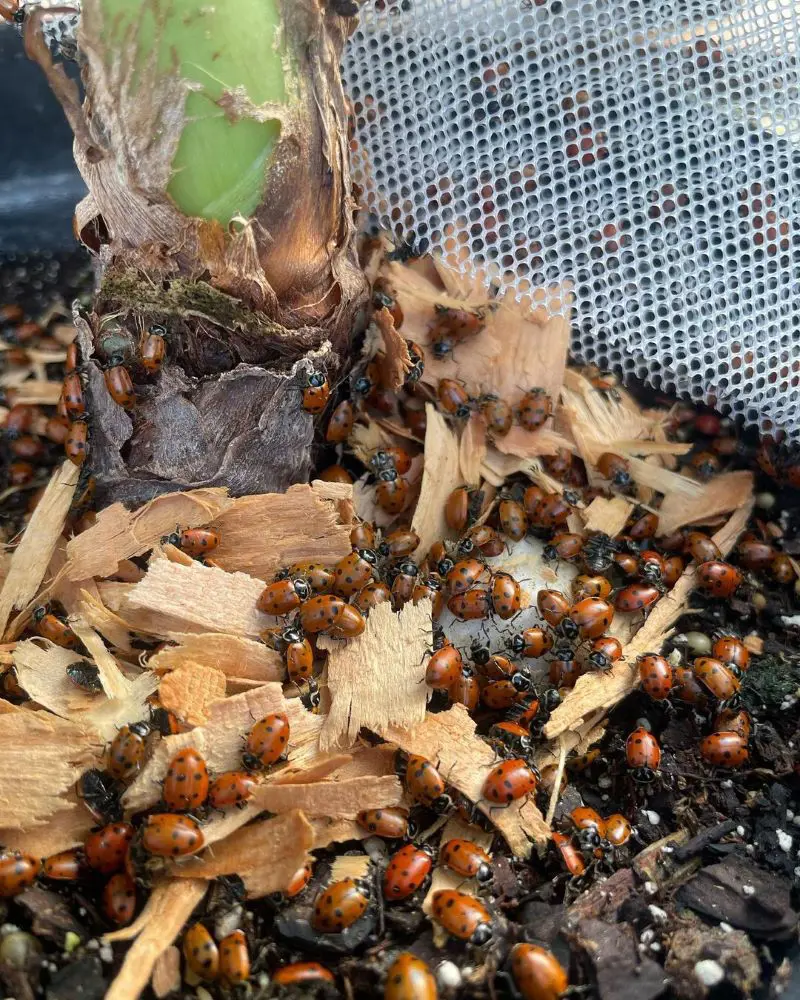
Introducing predatory insects is a natural and effective biological control method for managing spider mite infestations. Insects like ladybugs, lacewings, and predatory mites feed on spider mites, thus reducing their population.
These predators help maintain a balanced ecosystem by controlling pest populations without harming the plants. Since predatory insects specifically target spider mites, they pose minimal risk to plants when properly introduced.
However, it's essential to ensure environmental conditions are favorable for the predatory insects' survival and reproduction to establish a sustainable control strategy. Regular monitoring and strategic release of these beneficial insects can help maintain a healthy balance and prevent future infestations.
Maintain Plant Health
Healthy plants are better equipped to withstand and recover from pest infestations. To keep a plant in good health, provide optimal growing conditions including proper watering, adequate sunlight, and well-draining soil.
Frequently check for signs of stress or pest activity, and promptly address any issues. Avoid over-fertilizing as it can make plants more susceptible to pests. Also, encourage biodiversity in the garden to attract natural predators of spider mites. By promoting a robust plant environment, the likelihood of severe spider mite infestations can be significantly reduced.
Preventive Measures For Spider Mites
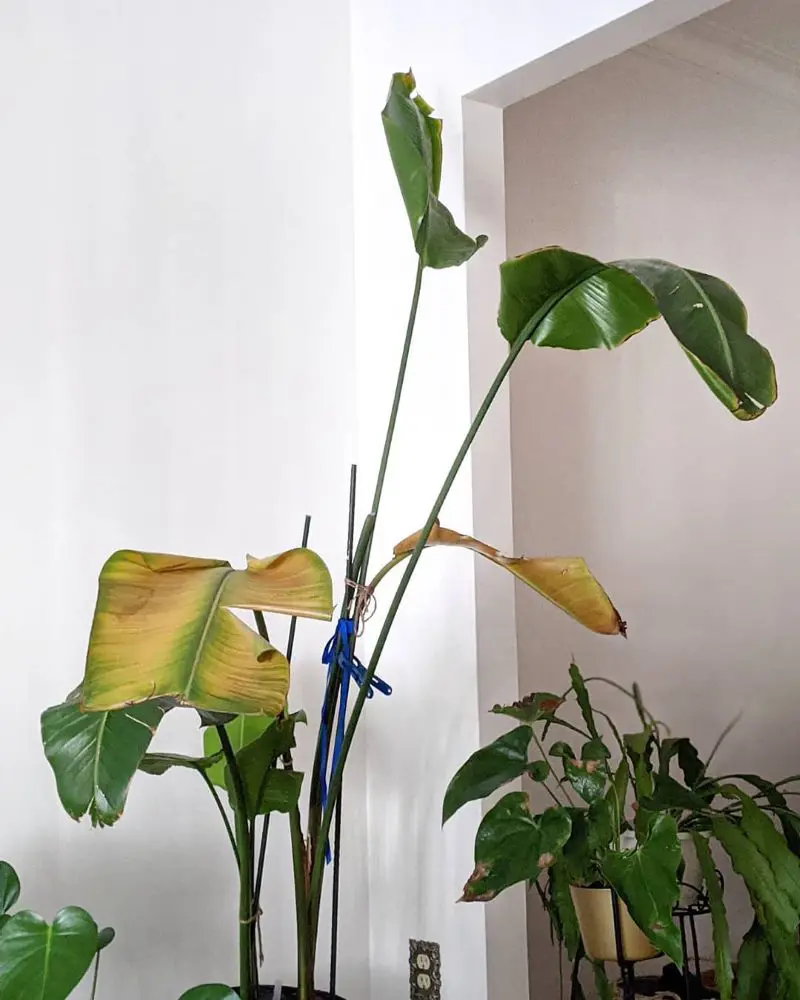
Preventing spider mites is crucial as, once established, these pests can multiply rapidly and cause significant damage. Prevention avoids the need for costly and time-consuming treatments, reduces plant stress, and maintains overall plant health, leading to better long-term growth and productivity.
By simply following these guidelines, you can prevent the hassle of losing a plant to spider mites:
- Inspect plants for early signs of spider mite activity, such as stippling, webbing, or discolored leaves.
- Maintain plant health by providing proper watering, fertilization, and adequate sunlight to increase their immiunity against pests.
- Avoid over-fertilizing as excessive nitrogen can stimulate spider mite reproduction.
- Use reflective mulches or companion planting with plants that deter spider mites, such as garlic or chives.
- Regularly clean garden tools and equipment to prevent the spread of spider mites between plants.
Common Plants Prone To Spider Mites
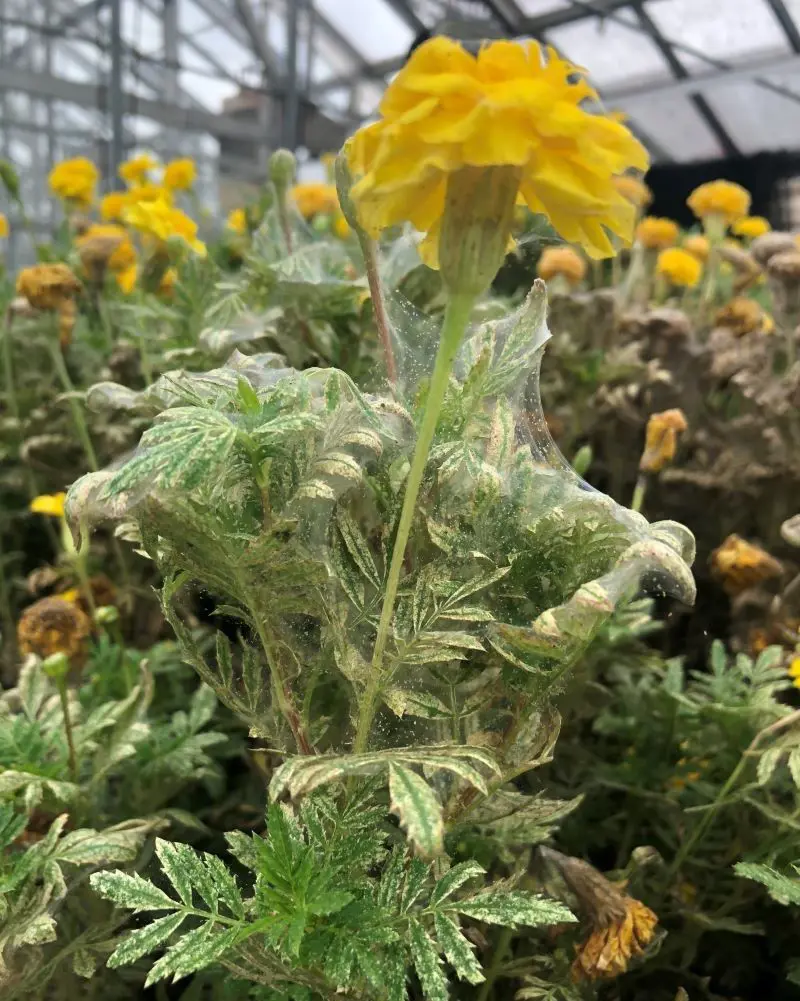
Houseplants are often more susceptible to spider mite infestations than wild plants due to the controlled indoor environments, which can create favorable conditions for mite reproduction. Factors like low humidity and lack of natural predators contribute to increased vulnerability.
Additionally, houseplants are frequently introduced to indoor spaces, where mites can hitch a ride and establish infestations more easily. Some houseplants that are commonly infested by spider mites include:
1. Spider Plant
The Spider Plant (Chlorophytum comosum) is highly prone to spider mites due to its lush foliage and indoor growing environment. Its long, arching leaves provide ample surface area for mites to feed on.
Moreover, the plant's preference for moderate light and humidity levels often aligns with favorable conditions for mite infestations, making it particularly vulnerable.
2. Peace Lily
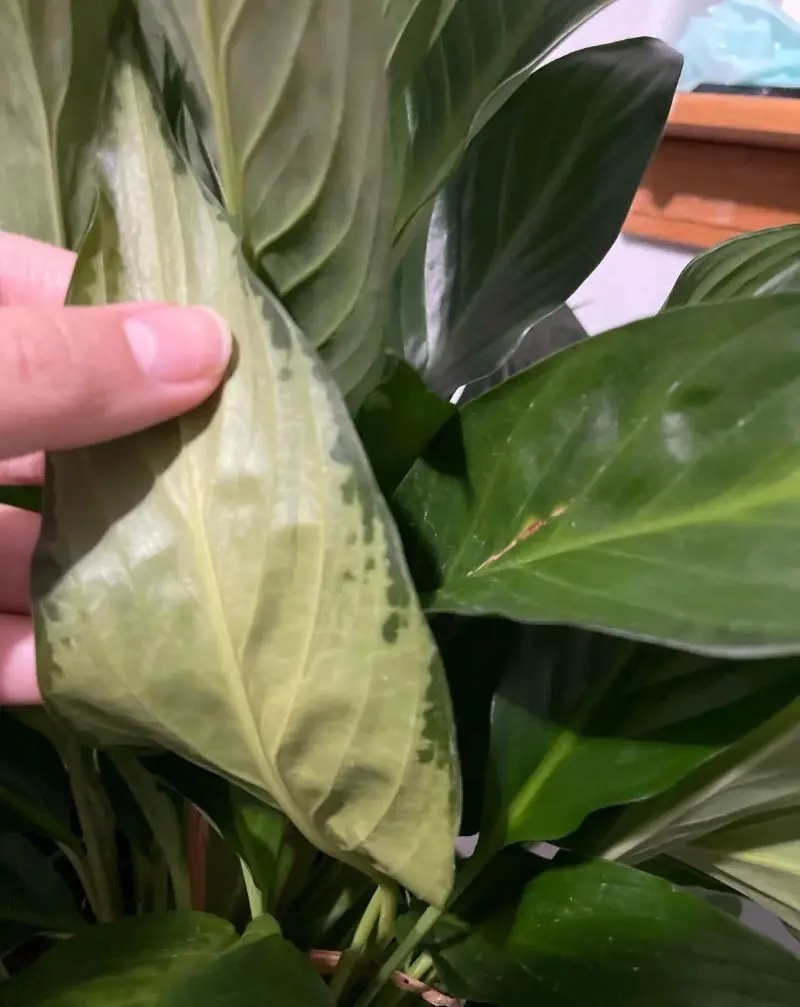
Peace Lilies (Spathiphyllum spp.) are moderately vulnerable to spider mites, especially in indoor environments with low humidity. While they can survive an infestation if promptly treated, severe infestations can weaken the plant, leading to leaf yellowing, stunted growth, and diminished flowering.
Regular monitoring and management are essential to preserve the plant's health and appearance.
3. Ficus
Spider mites infest Ficus plants by feeding on their leaves, piercing plant cells and sucking out their contents. This results in stippling, yellowing, and eventual leaf loss.
Severe infestations weaken the plant, making it susceptible to diseases and reducing overall health.
4. Ivy
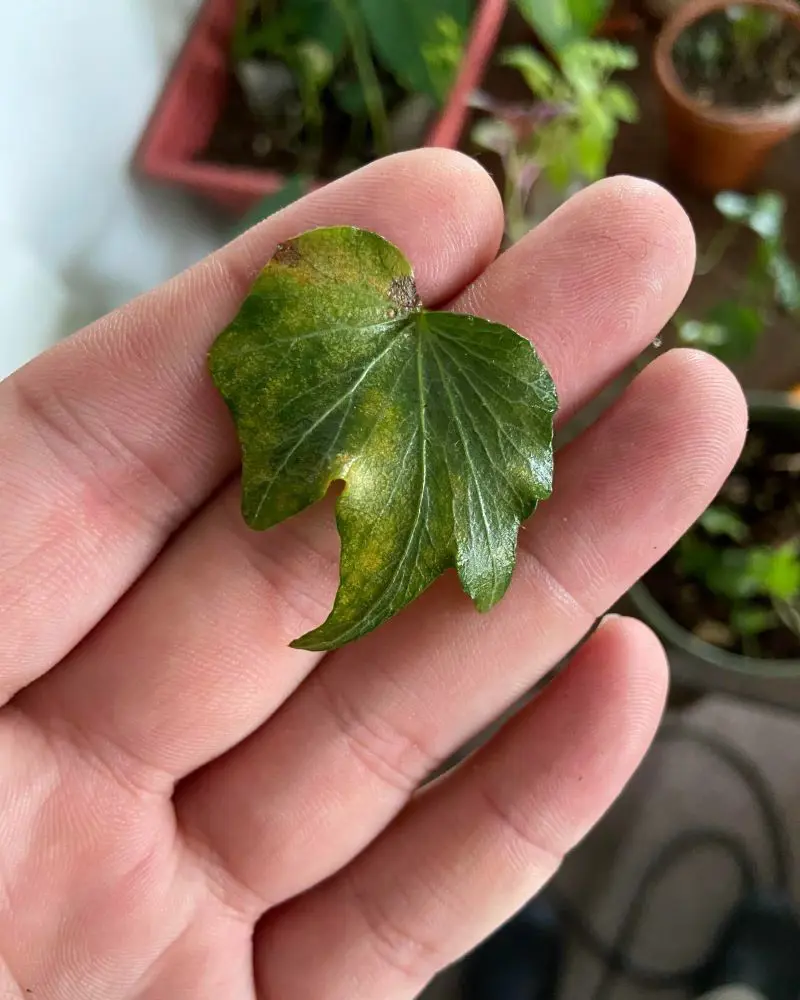
The Ivy plant (Hedera spp.) is often attacked by spider mites due to its dense foliage, which provides hiding places and food sources for the pests. Additionally, indoor environments with low humidity and limited air circulation, common settings for ivy plants, create favorable conditions for spider mite reproduction and infestation.
Conclusion
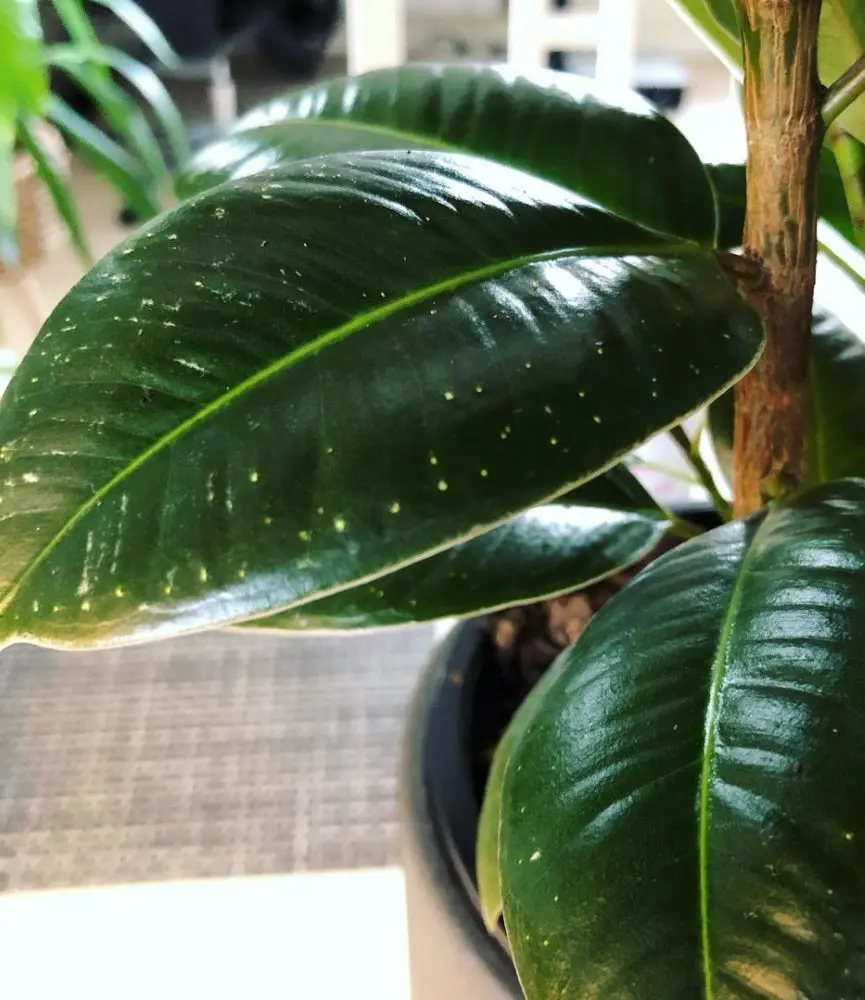
Spider mites, tiny arachnids that thrive in warm, dry conditions, pose a significant threat to plants worldwide. Their infections are often triggered by environmental stressors like drought, over-fertilization, or crowded plant conditions.
Once settled, spider mites reproduce rapidly. These pests can cause visible damage such as stippling, webbing, and leaf discoloration. If left untreated, severe infestations can lead to defoliation and plant death. However, treatments such as spraying with water, neem oil, horticultural oil, or introducing predatory insects can effectively control spider mite populations.
It's crucial for plant owners not to give up on their sick plants as intervention and proper treatment can often save them. Frequent monitoring, preventive measures, and timely treatment are essential preserving your beloved plant's health and beauty.
Recent posts
Plant Care
Plant Care
How To Plant, Grow and Care Majesty Palm
The majestic palm, scientifically known as Ravenea rivularis, makes for a stunning indoor tree with its lush and grand fronds. Originating from Madagascar's river banks, this resilient houseplant is cherished not only for its beauty but also for its ...
Plant Care
How To Grow And Care For A Hosta Plant
Hosta plants are widespread perennials, often grown for their beautiful and diverse foliage. They are extremely easy to care for and can thrive in various conditions, particularly shade or semi-shade. These hardy plants can last for many years and re...

